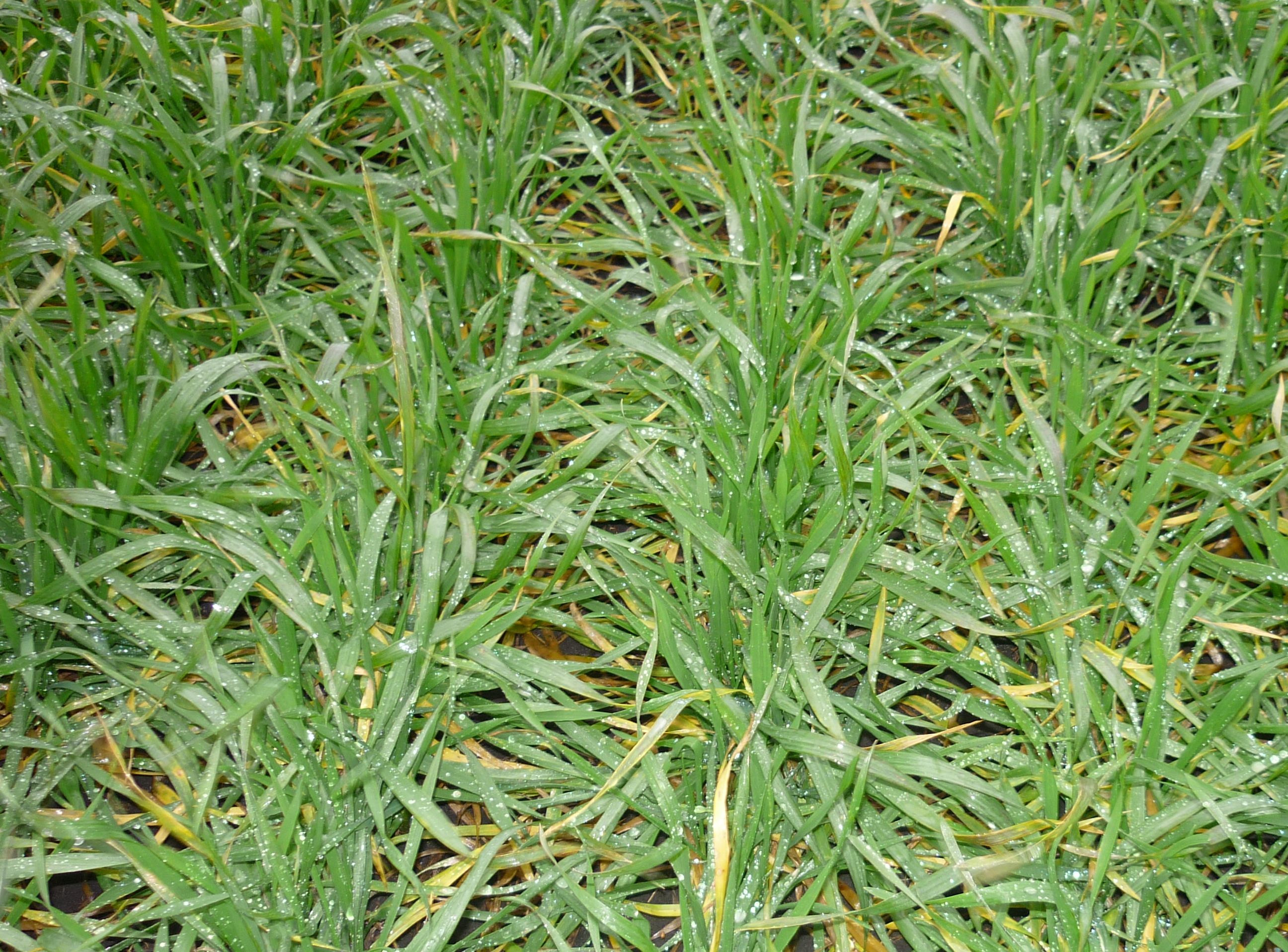It was unusually warm on February 1-7.
At cold nights, the minimum soil temperature at the depth of winter crops’ tillering node was not lower than -5С. As of late January, the soil was frozen to a depth of 1-17 cm. Locally in Khmelnytsky, Vinnytsia, Odesa, Kherson, Zaporizhia, Dnipropetrovsk and Cherkasy regions, the topsoil thawed to a depth of 1-9 cm.
During two days between February 1-8, precipitation of various intensities in the form of snow, sleet and fog occurred all over Ukraine, except for some areas in the eastern and central regions. It rained in the south. Air temperatures fell to some degree on February 6-8.
As of January 31, the snow cover height ranged from 1 to 10 cm in most areas across Lviv, Volyn, Rivne, Ternopil regions and locally in Khmelnytsky, Vinnytsia, Odesa, Mykolaiv, Zaporizhia and Dnipropetrovsk regions. The southern regions were mostly snow-free. In the rest of the country, the snow cover height reached 11-30 cm, even 31 to 58 cm in Poltava, Kharkiv regions, locally in Sumy, Chernihiv, Cherkasy, Kirovohrad regions. The snow layer in the Carpathian highlands was up to 106 cm. Over recent days, the snow cover height has somewhat decreased as daytime air temperatures rose to above-zero values.
For winter grains, the weather conditions are the best in a few decades. In most regions, winter crops have long stayed dormant under thick snow cover, reports UkrAgroConsult. Slow plant growth was provoked by a thaw that started on January 29 and lasted until February 6. However, this did not affect overall crop condition.
In general, winter grains are in good and fair condition as of February 8.




